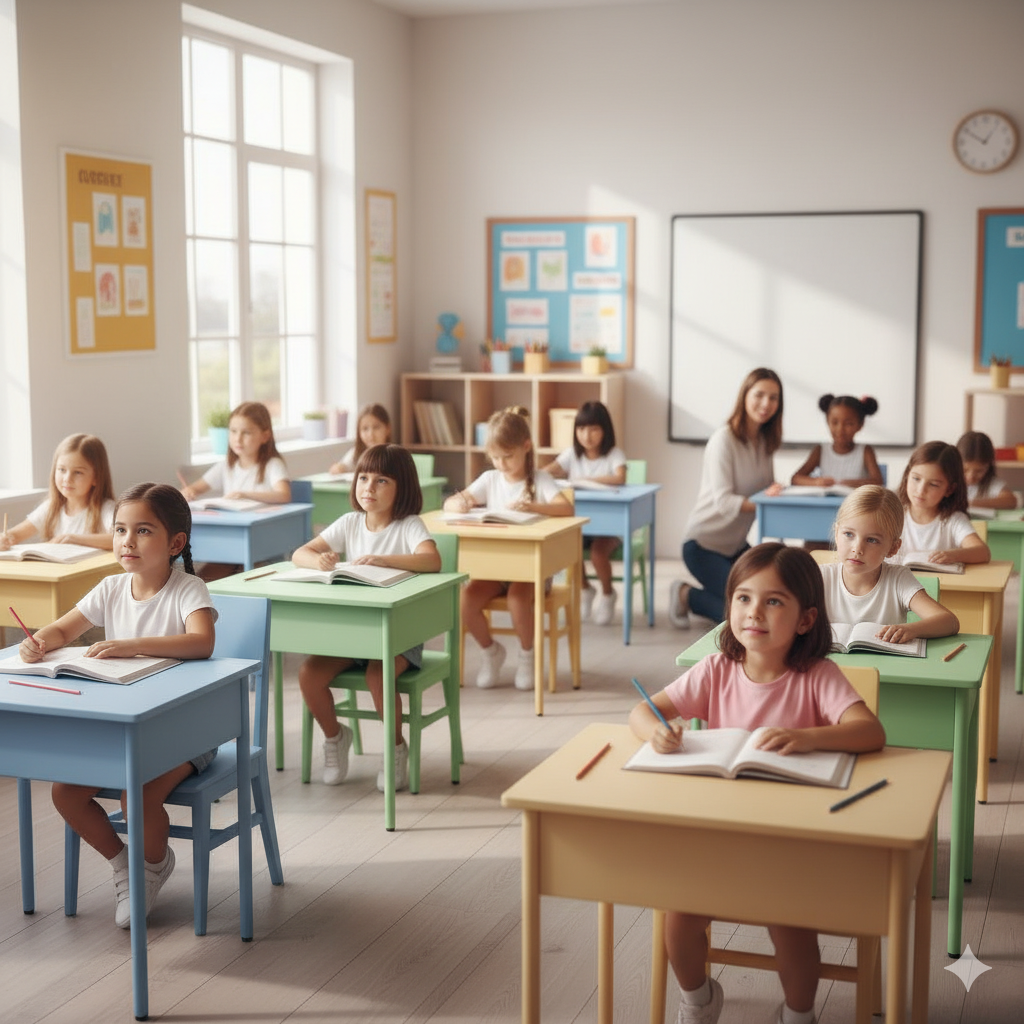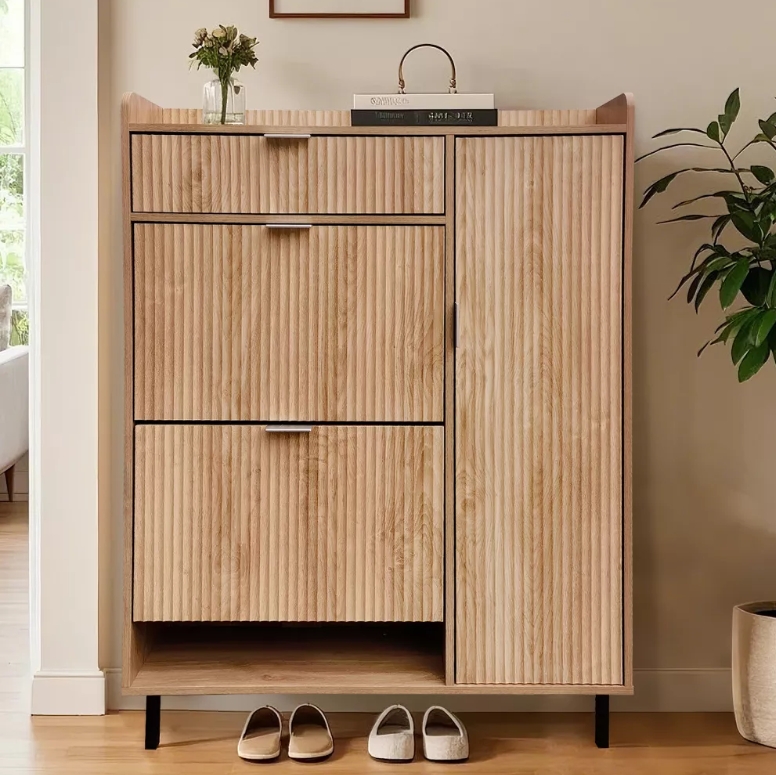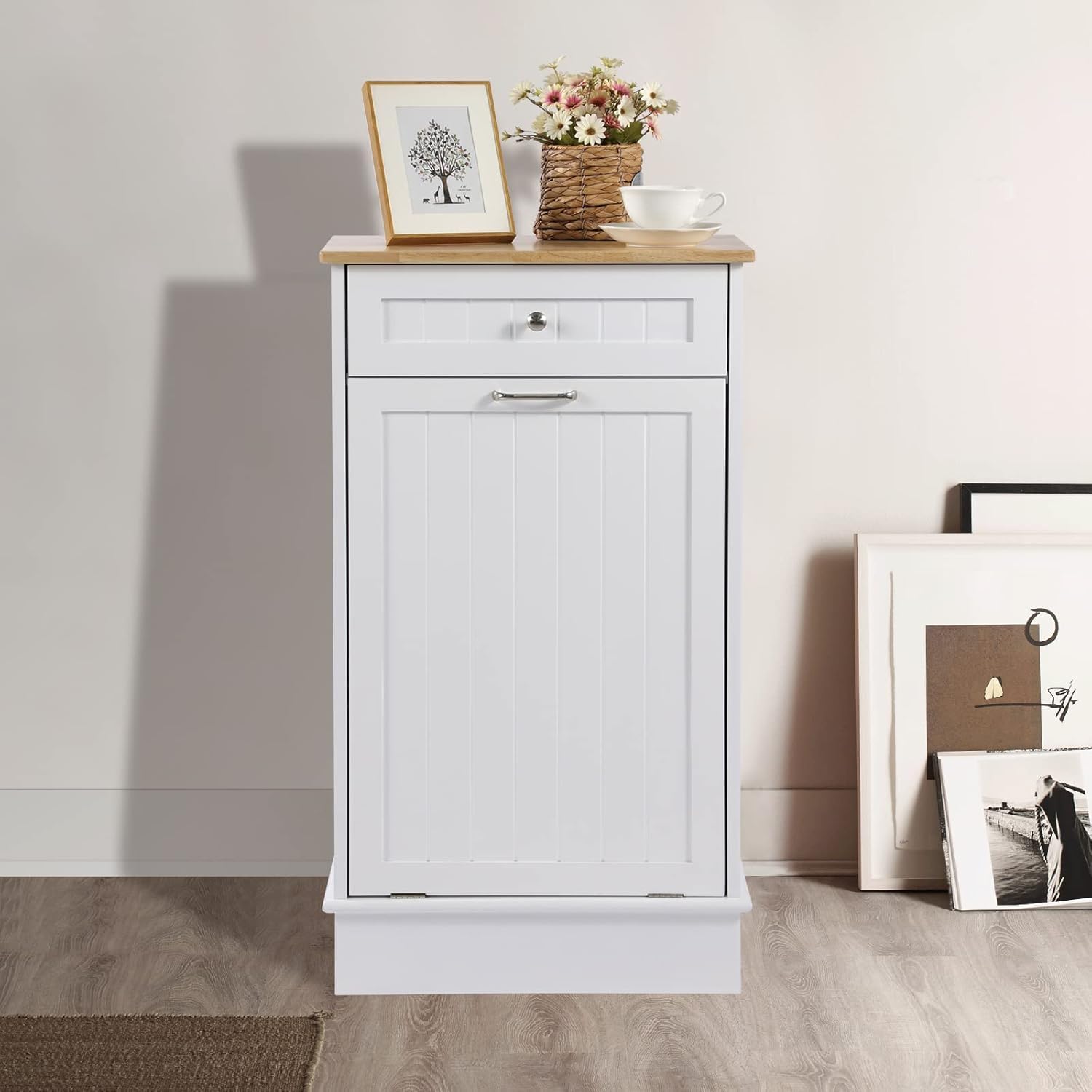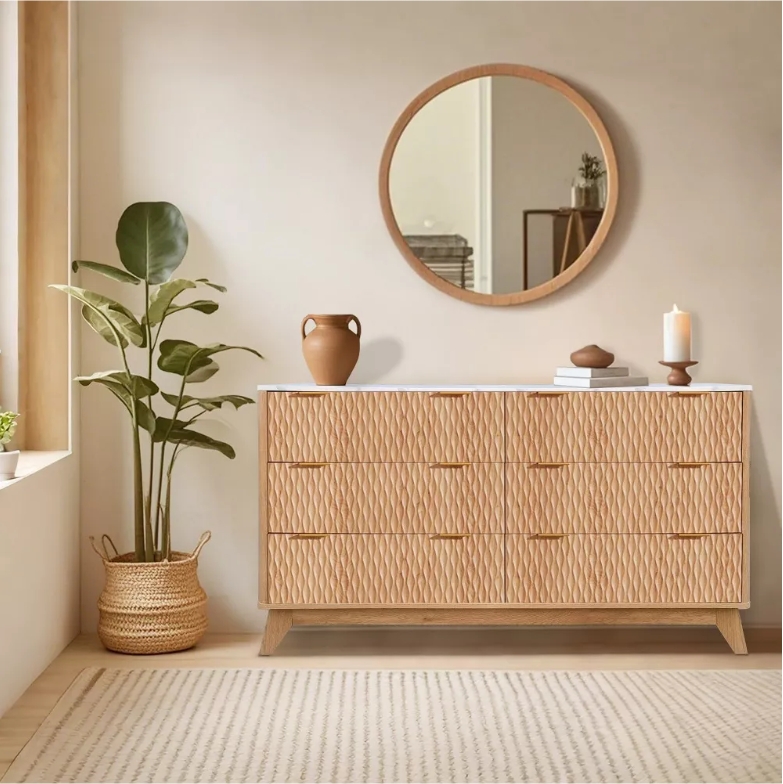
When we think about school furniture, the first aspects that usually come to mind are durability, ergonomics, and practicality. However, one critical factor is often overlooked—color. The colors of desks and chairs in a classroom can significantly influence students’ emotions, concentration, and even academic performance. Numerous studies in psychology and education have shown that colors affect human behavior, and for students, this impact can directly shape how effectively they learn.
Colors and Emotions in the Classroom
Colors are not just visual elements; they carry psychological effects. Bright and lively colors can make a classroom feel more inviting, while dull or overly dark tones may reduce motivation and energy. For younger children, colorful desks and chairs can create a sense of excitement, making them more eager to participate in classroom activities. For older students, subtle yet purposeful color choices can help create a focused and calm learning atmosphere.
Blue: Often associated with calmness and stability, blue desks and chairs can encourage concentration and reduce stress. In environments where students need to focus for long periods, such as exam preparation or reading-intensive lessons, blue furniture helps maintain attention.
Green: Known as a restful and balancing color, green promotes relaxation and reduces eye strain. It creates a refreshing classroom atmosphere, making it easier for students to stay engaged without feeling overwhelmed.
Yellow: A bright and cheerful color, yellow stimulates optimism and creativity. Desks and chairs with yellow accents can encourage active participation and innovative thinking. However, excessive use may cause restlessness, so it is often better as an accent color rather than a dominant one.
Red: A stimulating color that raises energy levels. While it can increase alertness, too much red may also cause anxiety or agitation. Strategic use, such as incorporating red into small details of chairs or edges of desks, can be effective without overwhelming the environment.
Neutral colors (white, gray, beige): These tones create balance and prevent overstimulation. They provide a clean and modern look, often used in combination with brighter accents to strike a balance between energy and calmness.
Influence on Concentration and Productivity
The learning process requires sustained attention, and colors can either support or disrupt this process. For example, overly vibrant colors might distract students, while overly dull colors may reduce motivation. The right balance is essential. A classroom designed with calming base colors (such as blue or green) combined with energizing accents (such as yellow or orange) can enhance productivity by creating a stimulating yet comfortable space.
Cultural and Age Considerations
It is important to note that color perception is influenced by cultural background and age group. Younger students are naturally more responsive to bright and playful colors, which make them feel engaged and secure. On the other hand, older students, especially in secondary schools or universities, may benefit more from sophisticated and muted tones that reflect maturity and professionalism. Schools and institutions should consider the needs of their specific age group when selecting desk and chair colors.
Practical Applications for Schools and Suppliers
For furniture manufacturers and school administrators, color choice should be treated as a functional design element rather than decoration. Here are some practical recommendations:
Early education classrooms: Use a combination of bright, cheerful colors like yellow, green, and light blue to encourage curiosity and enthusiasm.
Middle and high school classrooms: Opt for cooler tones such as blue and green, balanced with subtle accents, to promote focus and reduce anxiety.
Creative spaces (art, music, innovation labs): Incorporate bold and stimulating colors like red, orange, and yellow to inspire creativity and energy.
Libraries and quiet study areas: Choose calming colors such as soft greens, blues, or neutrals to foster concentration and comfort.
The colors of school desks and chairs play a vital role in shaping the classroom environment. Beyond comfort and durability, the right choice of color can improve concentration, stimulate creativity, and promote emotional well-being. For educators and institutions, thoughtful planning of color schemes can transform classrooms into spaces that not only support academic success but also contribute to the overall growth and happiness of students.
By considering the psychological impact of colors, schools can move closer to creating truly effective learning environments. Furniture suppliers, likewise, have the opportunity to offer solutions that go beyond function—designs that combine aesthetics, psychology, and practicality to meet the needs of modern education.






